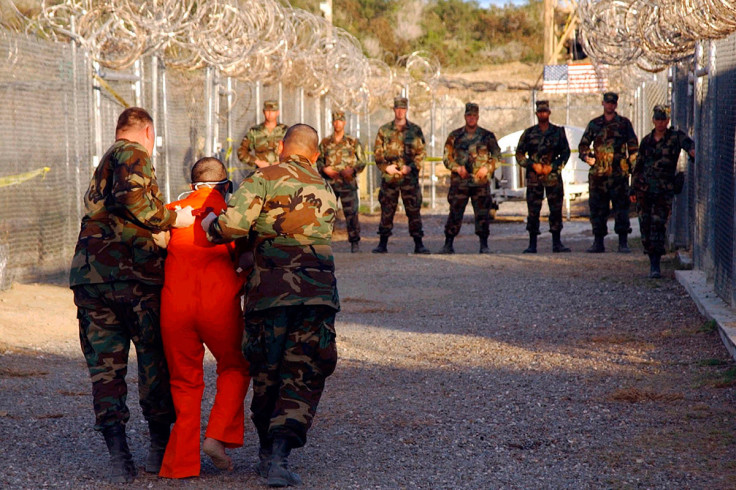CIA torture report: Did US military create Isis through brutal interrogation techniques?

Tony Camerino was a senior military interrogator for a joint special operations task force in Iraq in 2006, supervising or conducting over 1,300 interrogations. He is now a prolific author on the subject of terror and military interrogation.
Here, he discusses the widely held view that America inadvertently fuelled the rise of the Islamic State (Isis) through the use of tortuous interrogation techniques.
First of all, I have to say the use of so-called enhanced interrogation techniques, the sort of extreme tactics portrayed in books and films, was widespread in the US military.
The CIA torture report covers over 100 detainees but that's so pale and insignificant compared with the actual number of detainees who experienced enhanced interrogation techniques, or EITs. That number would run into the thousands, during the period when EITs were deemed legal. Every interrogator was allowed to use them.

Speaking personally, as a senior interrogator I restricted my team to the army field manual.
But in my taskforce, there were still old-guard interrogators who occasionally used techniques such as sleep and sensory deprivation, environmental manipulation, and short shackling – when you shackle someone on a short chain to a lock in the floor.
The number of interrogators using these techniques was very few in my taskforce, but it did happen.
These tactics certainly stoked resentment against the Americans. Bucca, the US prison that has been dubbed the "birthplace of Isis", became a hotbed of recruitment because of the use of EITs, for sure. Many detainees, not just in my facility but in different camps, ended up at Bucca and it's no surprise they continued their fight once they were released.
You can also make the point that, by using EITs, the US interrogators missed a chance to turn many extremists back, divert them from the path which has eventually led them to Isis.
I remember numerous cases where we turned hardcore al-Qaeda supporters against Osama bin Laden and his extremist group,through the use of compassionate tactics. That's how we found Abu Musab al-Zarqawi, by turning one of his close religious advisers against him.
So yes, I would say we definitely added fuel to the Isis fire in the way we interrogated detainees, particularly at Bucca. But I don't think you can claim the US created Isis; it would have emerged anyway.
In fact, my experience is that Sunni Iraqis joined al-Qaeda, and later Isis, primarily for economic reasons. When you look at a map of Iraq, all the oil is in Shia lands, so the Sunnis have no significant oil revenue. For them, when the central government refused to share oil revenue, they turned to extremism, in the form of al-Qaeda, for redress.
Furthermore, Isis has always been just as focused on its local enemies as the US. Right from the beginning, when it was known as Tawheed al-Jihad, Isis has strived to oppose the Americans in Iraq, hoping to drag the US troops into a civil war and bog them down. But their primary focus has always been the near enemy, the Shi'a, as much as the Americans.
Isis has always been driven by hatred and intolerance towards various groups, not just the US. While it is convenient to postulate the view that US excesses facilitated Abu Bakr al-Baghdadi's group, such a view is facile, and inaccurate.
Camerino is the author of Kill Or Capture, written under the pseudonym Matthew Alexander, and he is a fellow at UCLA's Burkle Center for International Relations.
You can find out more about his academic work by clicking here, or access his book here.
© Copyright IBTimes 2025. All rights reserved.



















